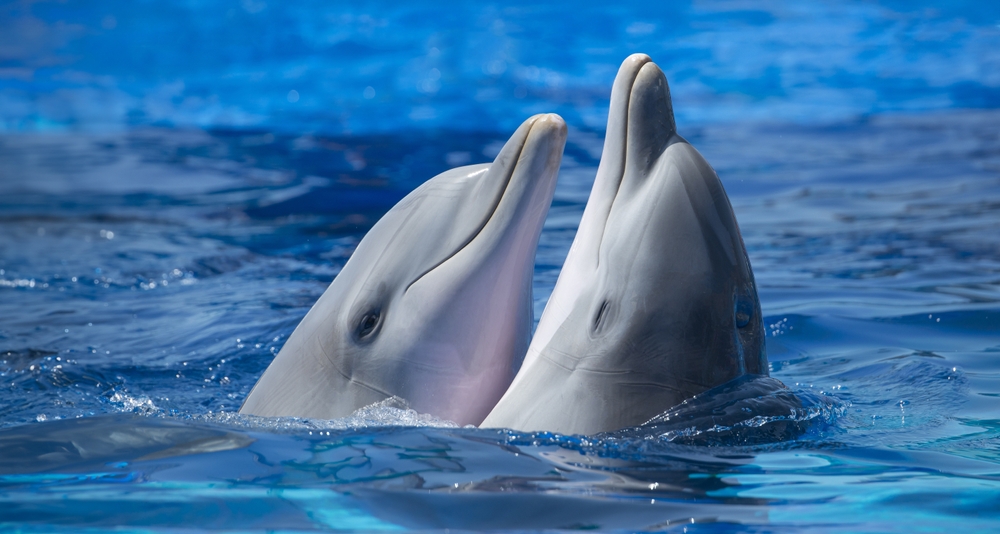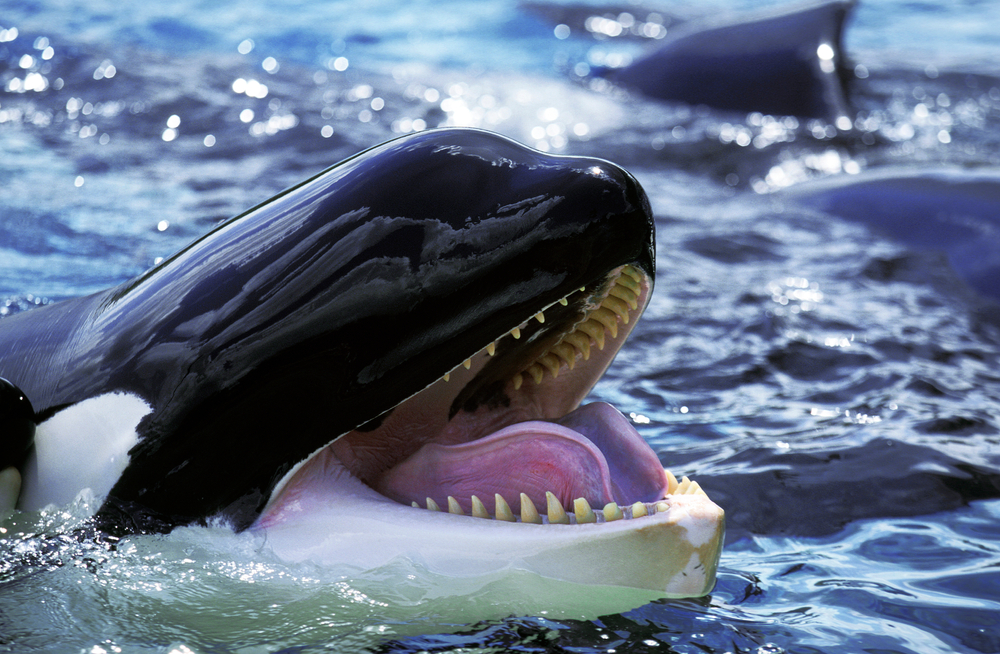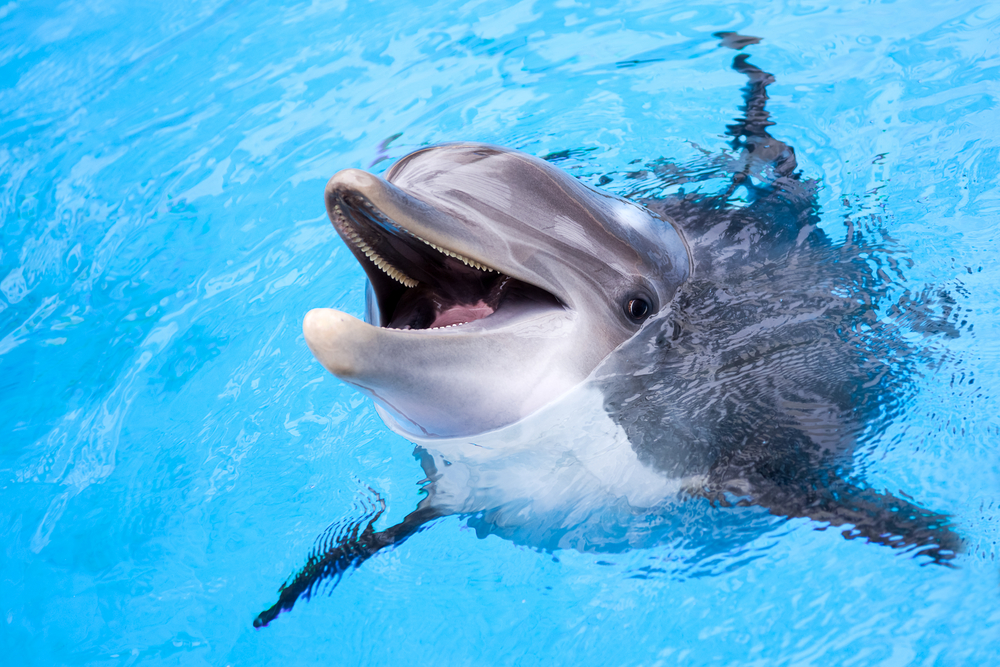Mexico recently made history by passing groundbreaking legislation that bans all marine mammal shows. On June 24 2025, the Mexican Senate voted unanimously, 99 to 0, to amend the General Wildlife Law. The amendment bars the use of dolphins, sea lions, orcas and other marine mammals in entertainment settings such as dolphinariums, traveling shows and swim‑with‑dolphin programs, unless strictly for scientific research tied to conservation or restoration efforts.
Context of the Vote
This initiative marks a milestone in Mexico’s animal‑welfare reforms. It follows a 2022 legislative change in the Chamber of Deputies that first outlawed licensing of marine mammal shows, though enforcement lagged and existing parks resisted compliance. Prompted by disturbing incidents—most notably the injury of “Mincho,” a dolphin that suffered trauma during a performance—the Ministry of the Environment (SEMARNAT) took action. The Riviera Maya’s Dolphinaris Barceló was shut down and fined in early 2025 after videos of dolphin injuries surfaced.
These events intensified public pressure and led President Claudia Sheinbaum to prioritize the reform in a special congressional session in late June 2025. Lawmakers from across the political spectrum supported the change, emphasizing the intelligence and emotional complexity of marine mammals.
Key Provisions of the New Law
- Total ban on entertainment use and captive breeding: The amendments prohibit any shows involving marine mammals as well as breeding them in captivity, unless it serves recognized conservation science that includes plans for reintroduction or population reinforcement.
- Protection of existing animals: Those already in captivity—approximately 350 dolphins across around 30 facilities—will remain in care but may not be forced into performances. They must be housed under higher welfare standards until their natural deaths.
- Phasing out of facilities: Dolphinariums must cease operations. Some will transition their animals to seaside sanctuaries within 18 months, offering environments more aligned with their natural habitats.
- Enforcement mechanisms: With the law moving to the Chamber of Deputies and then to President Sheinbaum’s desk, the government has committed to strict oversight. Penalties include substantial fines and closures for non‑compliance .
Motivations Behind the Ban

Animal Welfare and Public Outcry
Evidence of chronic stress in captive dolphins—such as repetitive behaviors, illness and even self‑harm—triggered outrage among scientists and animal‑rights groups . The case of Mincho was emblematic; injuring himself against a concrete wall during a show, his experience served as a catalyst for change . Experts underscored that these highly intelligent mammals require far more space, stimulation and freedom than any tank can provide .
Scientific Backing
Marine biologists and institutions, including the National Autonomous University of Mexico, stressed that captivity hinders natural behaviors essential to dolphins’ mental and physical health . They advocated redirecting efforts toward conservation programs that prioritize rehabilitation and re‑release rather than performance.
Environmental Considerations
Beyond welfare, environmentalists warned that dolphinariums impact coastal ecosystems. These facilities can introduce pollutants and alter marine life behavior. Relocating animals to carefully managed sea‑pen sanctuaries may lessen human‑made environmental strains .
Global Trends in Cetacean Protection
Mexico joins a growing number of nations—Canada, France, Costa Rica and Chile—in banning or phasing out marine‑mammal shows. Such moves reflect a shifting global consensus that sees captivity as outdated and unethical.
Read More: 22 Ocean Images That’ll Give You Chills
Next Steps and Implementation
Legislative Finalization
Following the Senate’s approval, the legislation moved to the Chamber of Deputies. With full endorsement already achieved, the bill now requires President Sheinbaum’s signature. Once signed, enforcement can begin.
Timeline and Sanctuary Plans
The law stipulates that rescue or sanctuary plans for captive marine mammals must be ready within 18 months. This gives facilities time to coordinate with conservation experts and relocate the dolphins effectively.
Monitoring and Penalties
SEMARNAT, through its inspection agency Profepa, will oversee compliance by inspecting facilities and issuing fines or closures as needed. This structure aims to prevent legal postponements similar to those seen after the 2022 ban .
Perspectives from Stakeholders

- Humane World for Animals Mexico described the reform as “a decisive move toward ending the exploitation of whales, dolphins and other marine mammals for entertainment”.
- World Animal Protection celebrated the milestone, noting that both legislative bodies supported the law and urged that captive animals be maintained under higher care standards without further shows .
- Rescue and sanctuary organizations stressed the importance of sea‑pen sanctuaries. These will give dolphins environments closer to their natural habitats, though setting them up will require partnerships between NGOs, government agencies and dolphinariums .
Challenges Ahead
Enforcement Risks
Mexico’s track record with environmental law enforcement is mixed. Past policies have sometimes stalled in practice. Ensuring that dolphinariums actually close and relocate animals will take sustained political will .
Financial and Technical Hurdles
Establishing seaside sanctuaries poses financial and logistical challenges. These include vet care, coastal permits, security, and potential ecological impacts. Coordinated planning will be essential.
Public Education and Tourism Shift
Dolphin shows have been a popular tourist draw. Shifting consumer demand toward responsible wildlife tourism may mitigate financial losses. Promoting eco‑tourism, such as whale and dolphin watching in the wild, offers an ethical alternative .
Broader Impact and Symbolism
Mexico’s decision sends a clear message: populist entertainment cannot override ethical responsibility. By prioritizing animal sentience and welfare over tourism profit, Mexico is advancing a paradigm shift in national and international attitudes toward wildlife conservation.
Other nations in Latin America are watching closely. This could catalyze a regional trend toward stronger protections for all captive wildlife.
Read More: 11 Important Facts About Animals that We Must Know
Conclusion
Mexico’s historic vote on June 24, 2025 marks a turning point in marine conservation and animal welfare. By unanimously banning marine mammal shows, the country affirmed its commitment to protecting intelligent, socially complex marine species. The path ahead involves tough work: implementing and enforcing the ban, setting up sanctuaries, and shifting public mindsets.
If successfully executed, this initiative could serve as a global model, demonstrating how legislative action powered by public advocacy, science, and cooperation can lead to profound change. Dolphins and whales may yet thrive in more natural settings, free from forced performance, as Mexico joins the front lines in a worldwide effort to honor the dignity of marine life.
Disclaimer: This article was created with AI assistance and edited by a human for accuracy and clarity.

